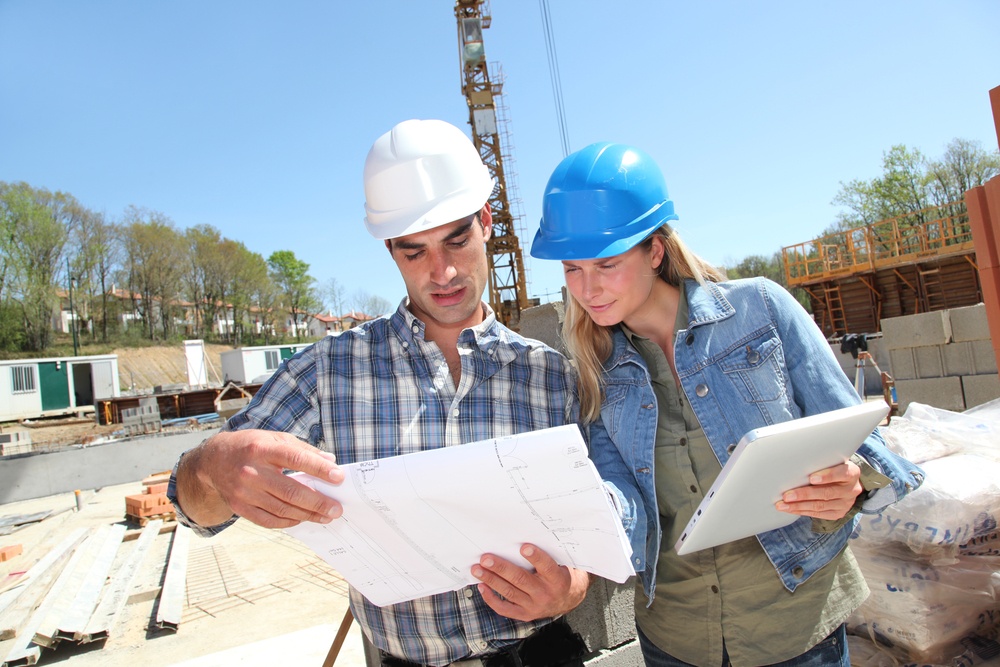
Building for the healthcare sector is unlike any other type of construction. Health facilities must prioritize functionality, compliance, and patient comfort, all while staying on schedule and budget. Streamlined construction methods are transforming how medical environments come together, making it possible to deliver modern, safe, and efficient spaces for both patients and medical teams. Here’s an exploration of approaches that are making a difference in the world of healthcare construction.
Integrated Project Delivery improves collaboration
Integrated Project Delivery (IPD) is a collaborative approach that brings together all stakeholders—from architects and contractors to owners and facility managers—from the earliest stages of a project. By establishing shared goals, IPD reduces misunderstandings, accelerates timelines, and minimizes costly errors. According to a report by the Lean
Construction Institute, IPD projects can see a 15% reduction in project costs and a 10% faster delivery schedule. For healthcare facilities dealing with complex regulations and specialized spaces, this method ensures that every need is addressed proactively.
Modular construction accelerates timelines
The adoption of modular construction has been a game-changer for medical facilities. Prefabricated rooms and components are built offsite in controlled environments, then quickly assembled onsite.
This process significantly reduces construction time and the risk of delays caused by weather or other site issues. The Modular Building Institute reports that projects can be completed 30% to 50% faster using these techniques. For growing health systems needing rapid expansion, modular construction offers flexible and scalable solutions.
Lean construction boosts efficiency
Lean construction borrows principles from manufacturing, focusing on minimizing waste and improving workflow efficiency. By continuously analyzing and refining processes, teams can eliminate unnecessary steps and cut down on resource waste. Facilities built with lean methods often report stronger safety records and reduced project costs. The approach is particularly beneficial in medical environments, where precision and cleanliness are vital, and every inefficiency can impact patient outcomes and staff effectiveness.
Design-build simplifies communication
The design-build method consolidates design and construction services under a single contract, providing a unified team and point of contact. This streamlined process eliminates the traditional back-and-forth between separate design and construction teams, saving time and reducing errors.
For projects such as urgent care centers or specialty clinics, design-build has proven to increase delivery speed while enhancing accountability throughout the construction process. Many organizations specializing in medical construction in Utah use this method to ensure projects meet high industry standards.
Flexible infrastructure supports changing needs
Healthcare delivery is constantly evolving, and facilities must adapt quickly to new technologies or changes in care delivery models. Construction teams now build with flexibility top of mind, incorporating universal rooms, movable walls, and infrastructure that can accommodate future equipment upgrades. This future-proofing not only saves on future renovation costs but also minimizes disruptions to ongoing patient care.
Value engineering maximizes resources
Value engineering systematically reviews every aspect of a construction project to identify ways to improve function, reduce costs, and maintain or enhance quality. For health industry projects operating within strict budgets, this can be the difference between meeting and missing critical goals. The process often involves selecting more durable materials, reducing long-term maintenance, or optimizing energy efficiency, all without sacrificing patient or staff safety.
Advanced technology enhances project oversight
Digital tools such as Building Information Modeling (BIM), drones, and real-time project management software are elevating construction for healthcare facilities. BIM provides a detailed digital twin of the facility, enabling better design decisions, early clash detection, and more accurate forecasts of project costs and schedules.
Drones offer site monitoring that improves safety, while real-time dashboards keep every stakeholder informed. The adoption of these technologies is central to meeting strict timelines and compliance requirements in the health industry.
Construction for healthcare is evolving rapidly, balancing the high demands of modern medicine with the need for speed, safety, and reliability. The approaches highlighted above are making it possible for healthcare leaders to deliver on these goals, ensuring facilities are as resilient and effective as the care they provide.